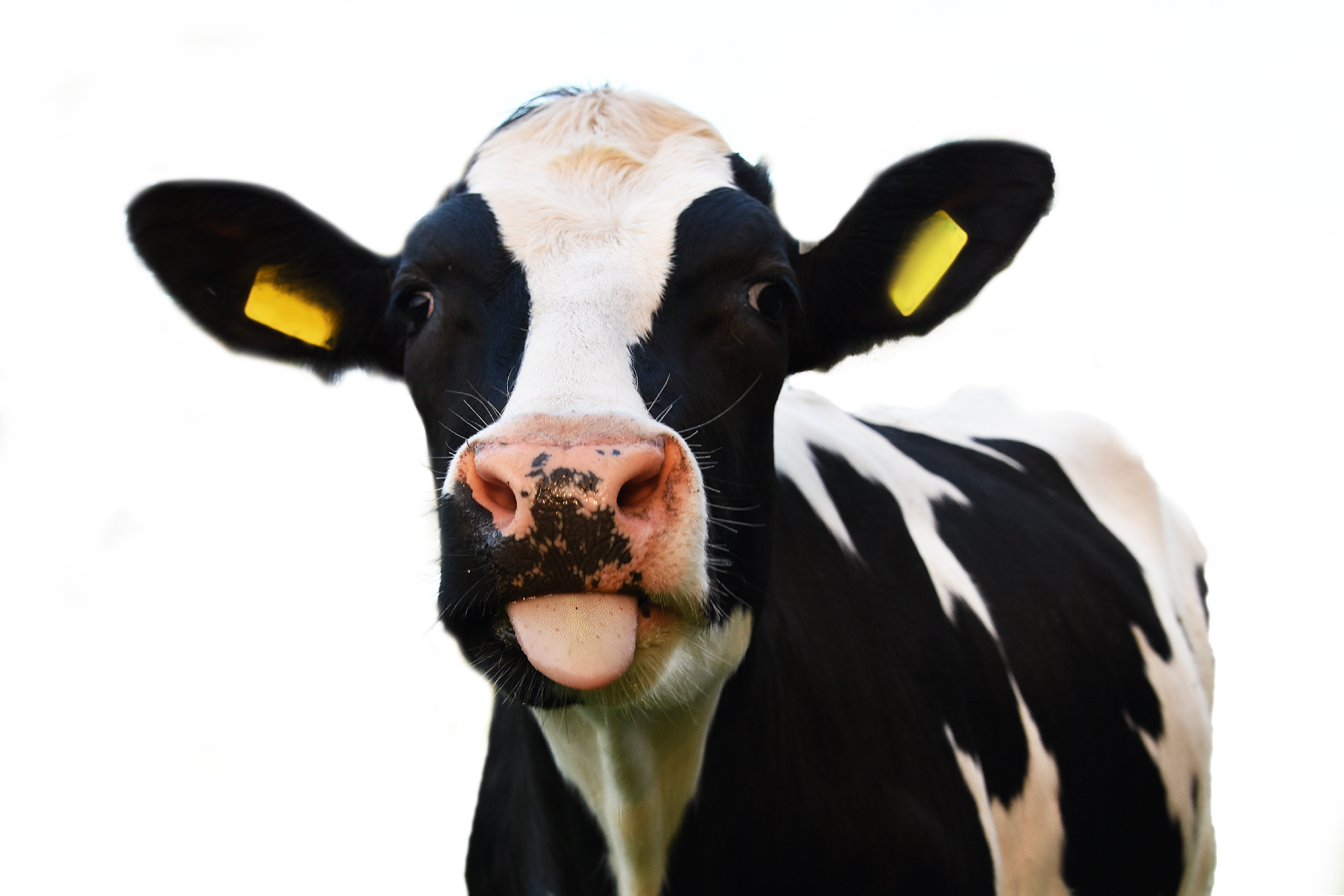The hunt for the master cow that will feed the world
By Matt Reynolds,
Wired UK
| 05. 25. 2021
Laura Domigan is a chronicler of cows. Every biographical detail and pharmacological footnote could be crucial, so the biochemist has a long list of questions for the farmers she works with. Where was the cow raised? What did it eat? What did it look like? Which medicines did it take and why? How old was the cow when it was slaughtered?
Domigan knows enough to write a family history about these cows, but she’s more interested in what they leave behind when they die. Shortly after a cow has been slaughtered, one of her colleagues arrives at the abattoir with a Petri dish in hand and removes a tiny slither of muscle tissue from the carcass, bathing it in a salt solution to stop the cells within from bursting open or shrivelling up. The precious nugget is then packed in ice and ferried back to Domigan’s laboratory at the University of Auckland in New Zealand.
This is where the bovine biographies come in handy. Domigan’s job is to work out how to turn that collection of cells into hunks of...
Related Articles
By Jonathan Matthews, GMWatch | 12.11.2025
In our first article in this series, we investigated the dark PR tactics that have accompanied Colossal Bioscience’s de-extinction disinformation campaign, in which transgenic cloned grey wolves have been showcased to the world as resurrected dire wolves – a...
By Jenny Lange, BioNews | 12.01.2025
A UK toddler with a rare genetic condition was the first person to receive a new gene therapy that appears to halt disease progression.
Oliver, now three years old, has Hunter syndrome, an inherited genetic disorder that leads to physical...
By Simar Bajaj, The New York Times | 11.27.2025
A common cold was enough to kill Cora Oakley.
Born in Morristown, N.J., with virtually no immune system, Cora was diagnosed with severe combined immunodeficiency, a rare genetic condition that leaves the body without key white blood cells.
It’s better...
By Rachel Hall, The Guardian | 11.30.2025
Couples are needlessly going through IVF because male infertility is under-researched, with the NHS too often failing to diagnose treatable causes, leading experts have said.
Poor understanding among GPs and a lack of specialists and NHS testing means male infertility...




